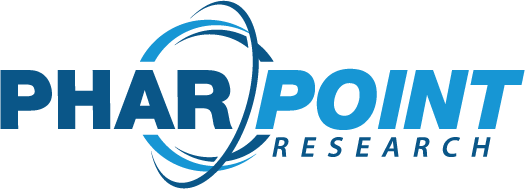Bridging the Gap Between Sponsors and Service Providers
A number of industry polls show that relationships between sponsors and service providers have not changed much over the years. Sponsors complain that service providers lack good project communication and do not disseminate information in a timely manner. Service providers believe that their sponsors do not provide clear expectations as to project roles and responsibilities, and either micromanage a trial or completely ignore it until problems arise, and then point the finger back at the service provider.
I don’t think that anyone who has worked in this industry for any length of time would argue that these issues are not common or persistent. Yet, we really haven’t done much to combat them over the years.
I recently read several articles that indicated that the use of collaborative technology will resolve many of these sponsor/service provider complaints in the very near future. As the clinical systems techie that I am, I’m always going to believe that technology can be a valuable aid in overcoming the communication obstacles that may develop between service provider and sponsor. However, I think the problems are far more complicated and entrenched in all areas of the sponsor/service provider relationship. Technology can treat the problem, but it can’t be the cure.
While it would be impossible in the course of a simple blog post to dissect each problem and offer solutions to resolve them, I have noticed that many people fail to recognize or emphasize what I believe is a lynchpin of many of the issues plaguing both sides, and that is a lack of a compatible culture between the service provider and drug development companies.
For example, during the proposal process both sides are more concerned about the dollars and cents and less about ensuring that proposed entities share a solid common alignment in how their respective companies act and react to common problems and situations, not only on a particular project but also in general. Obviously costs are a primary concern and shouldn’t be overlooked, but to focus almost exclusively on the budget is like picking your spouse purely by their checking account (and while I’m sure that occurs, I doubt it leads to healthy and happy relationships very often).
Obviously both drug developers and service providers share the common desire for the conduct and outcome of a clinical trial. What I’m referring to is compatibility in philosophies and processes about how elements of a trial are undertaken and performed. Mismatches in these areas are often the basis for many of the complaints listed above.
A sponsor who believes in daily reports that works with a service provider who thinks that daily reports are just an opportunity for sponsors to micro-manage is an example of a mismatch. I have worked on many projects where the sponsor and service provider share the same general principles, and they have been great successes. Projects under the supervision of like minded leads move smoothly and when problems do arise, there is consensus about how to rectify them. Communication is consistent and fluid, and, at the end of the trial, everyone has enjoyed the experience.
Ultimately I believe that drug developers and service providers usually want the same things. At a high level we all want to be profitable, advance efforts to improve people’s quality of life, and enjoy solid business relationships. At the project level we want a cohesive and effective team and the trial to conducted in an efficient manner with limited issues. By ensuring a common cultural framework between companies, roles and responsibilities are implicitly better defined and communication is more fluid, creating a better rapport and solid framework for success in achieving our common goals.
Contact a Pharpoint representative today to discuss how our experienced team can help you with your clinical programs.


